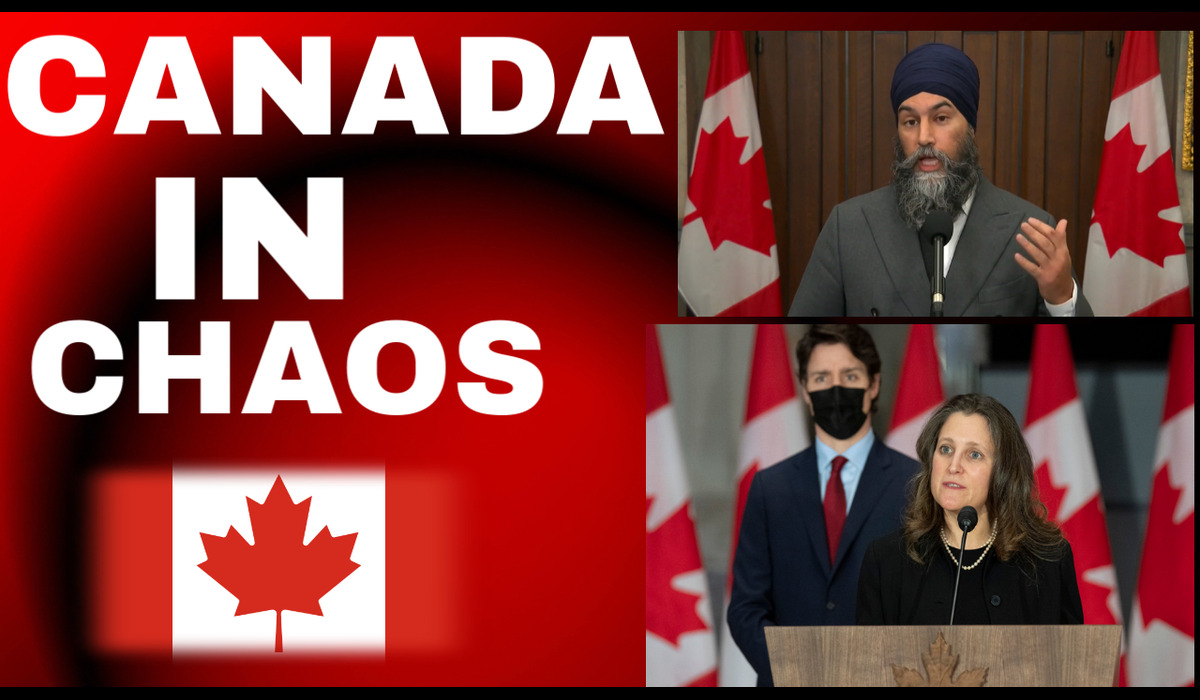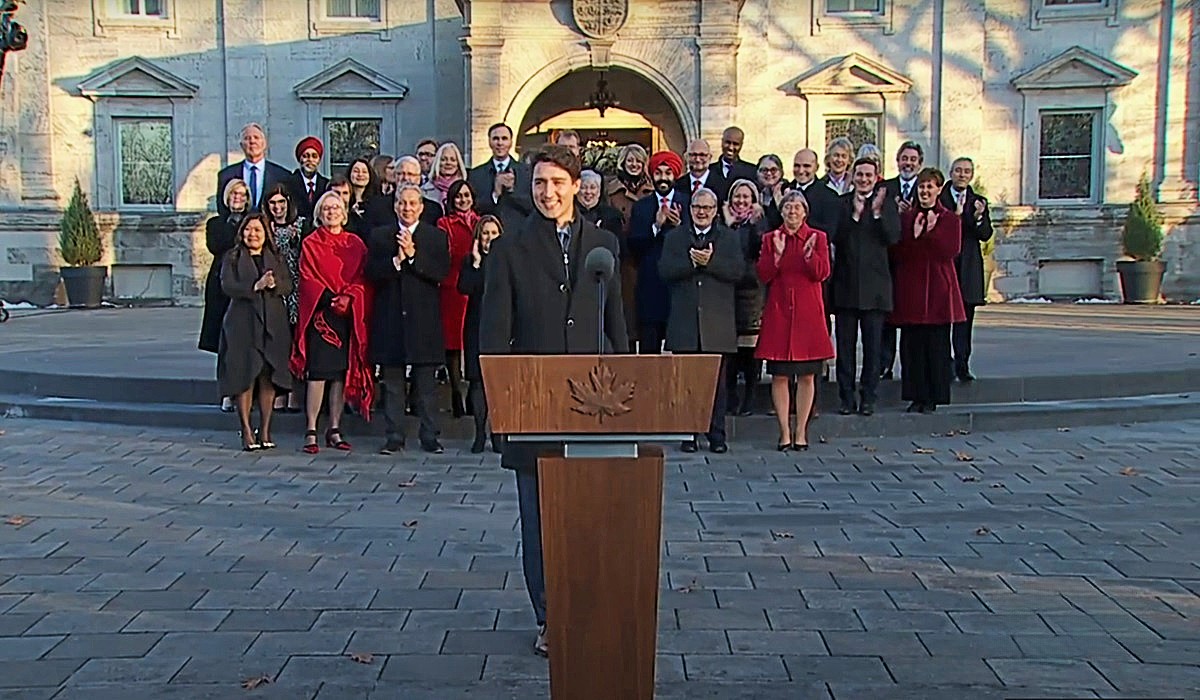Canadian Federal And Provincial Grants: Carrot Danglers and Hope Crushers
- TDS News
- Canada
- July 15, 2024

The intricate web of government grant funding in Canada is often a deceptive facade, presenting itself as a lifeline for small businesses and non-profit organizations while concealing a morass of bureaucracy, and inefficiency. The supposed support turns into a stark reality of broken promises, glaring inconsistencies, and what many allege to be disingenuous practices in federal and provincial grant programs.
At the heart of the issue lies the convoluted and opaque nature of the application process. Buried beneath pages of jargon and labyrinthine guidelines, these applications become an exercise in frustration for hopeful recipients. Small businesses and non-profits, already stretched thin, must navigate through a maze of requirements, often leaving more questions prompting for guidance.
Adding insult to injury are the interminable waiting periods for adjudication and disbursement. While the government claims to prioritize timely assistance, the reality is starkly different. Applicants can wait months or longer for a response, leaving them in limbo and undermining any hope of meaningful support.
The COVID-19 pandemic starkly exposed these governments’ capability to expedite funding when necessary. Emergency relief measures saw funds dispersed within days to eligible businesses and individuals, showcasing a stark dichotomy in the government’s approach to grant distribution. This raises the question: if rapid allocation is possible during a crisis, why does the same urgency not apply to everyday grants?
Moreover, the skewed allocation of grants towards non-profit organizations leaves for-profit entities out in the cold. While non-profits are indeed vital pillars of community support, the exclusion of for-profit businesses underscores a glaring disparity in the government’s approach to economic assistance.
However, the most egregious aspect of grant funding lies in its entanglement with politics. Grants often serve as pawns in electoral games, with funding announcements strategically timed to bolster support from specific demographics or communities. Why else would there be a flurry of funding announcements just before the writ drops? It’s as if these grants were sitting in purgatory, waiting to be released for political gain. This troubling appearance of a quid pro quo mentality undermines the integrity of the process, turning it into a tool for political means rather than genuine aid.
Ethnic communities often bear the brunt of this political manipulation, with targeted funding initiatives frequently falling short of their intended goals. For instance, the Black Business Funding initiative, intended to aid minority entrepreneurs, was plagued by obstacles and administrative shortcomings. Applicants faced intrusive inquiries about their sexuality, further complicating the process. Many deserving recipients are left empty-handed, their aspirations dashed by a system rife with inefficiency and indifference.
A poignant example of systemic failure is a disability grant application to Employment and Social Development Canada (ESDC). Despite a meticulously prepared application and a track record of impactful work, this organization was denied funding due to what (ESDC) claim to be not enough written information on gender diversity, despite the organization’s inclusiveness and great hiring practices. This absurd rationale highlights the arbitrary nature of grant adjudication and the disregard for genuine impact and merit.
The organization, supported by Indigenous elders, doctors, and survivors of mental health trauma, found their efforts dismissed like a discarded rag. Months of preparation, accompanied by detailed documentation and heartfelt endorsements, were summarily disregarded. When confronted about the lack of communication or clarity, the department’s response was shockingly indifferent. Instead of engaging in meaningful dialogue to address concerns, they shrugged off responsibility, relegating communication to a one-way street. Such disregard for accountability and transparency only compounds the frustrations of grant applicants, underscoring the system’s dysfunctionality.
Furthermore, the lack of communication and accountability within grant agencies exacerbates the frustrations of applicants. The reluctance to engage or provide clarity demonstrates a blatant disregard for the concerns and needs of those seeking assistance. Contrary to claims of dialogue and cooperation, the reality is a bureaucratic monolith that operates in isolation, detached from the realities of those it purportedly serves.
As disillusionment grows among grant applicants, many are turning their gaze southward, seeking refuge in the more supportive environment of the United States. The emphasis on fostering small businesses and supporting minority entrepreneurs stands in stark contrast to the bureaucratic quagmire of Canadian grant programs. This disparity is further highlighted when small businesses interact with Canada’s banking financial arm for funding, which sets what many are calling prohibitively high qualification bars. One consultant noted, “The requirements for funding seem aimed at weeding out small businesses and entrepreneurs, crushing the dreams of those wanting to contribute to the Canadian economy.”
It’s a sobering realization that the grass may indeed be greener on the other side of the border. Until substantive reforms are enacted to address these systemic failures, the promise of government grants will remain an elusive mirage, perpetually out of reach for those who need it most.
The standard bureaucratic response often includes projection letters stating they received too many applications and couldn’t fund everyone. It is tough to know they are the ones who decide who is “worthy” of funding. This is a blatant farce. If the call for grant proposals leads to an overwhelming number of applications, it’s hardly a surprise—of course, there will be a high demand for funding. The Canadian and provincial governments are notorious for underfunding non-profits.
It’s not like the money isn’t there. Often, the funds are tied to organizations that could benefit the government somewhere down the line. This is something they won’t openly admit, but it’s widely alleged. If you think the organizations receiving the bulk of federal and provincial funding aren’t beneficial to the government’s cause, then you’re naive. In Canada, it will always be about the haves and have-nots. Do those who receive funding often have the most connections to decision-makers?
The reality is that these governments are disingenuous. They let applications sit for months, giving false hope to people. But come election time, suddenly, those same applications that were languishing in the system miraculously get approved. This disconnect underscores the need for a complete overhaul of the system. The current process isn’t working for the organizations that need funding. If a grant is oversubscribed, why not fund everyone since the money is there? Instead, it’s just another way for those in power to get photo ops and boast about helping the less fortunate.
The civil servants who review grant applications are also to blame. They put in place the mechanisms for approval, review, rejection, and qualification. The ministers are just the figureheads who pose for photos. It’s time for a critical overhaul of the entire grant system in Canada.








